I'm building a small switching circuit consisting of 8 MOSFETs (bi-directional blocking, 4 in each direction), which should switch 100-200A at about 1kHz.
I've concluded that since PCB with a thick copper layer isn't readily available, a much better solution is simply mounting the MOSFETs directly on a bus bar, to which the power cables are also mounted. Thus, I only need to solder the Source-pin between the MOSFETs (in open air). This solves several problems: good thermal dissipation, low voltage drop from cable to MOSFET and easy mounting/replacement of all components with very little soldering.
My question is: how tight should I tighten the TO-220 package to the bus bar? Am I correct to assume that all the electronics are within the black plastic part, and that I can therefore tighten it as hard as I would like? Are there any potential problems, e.g. heat-warping causing poor connection etc?
Here's my schematic for the curious:

simulate this circuit – Schematic created using CircuitLab
Edit: Added link to MOSFET datasheet. Datasheet from manufacturer showing package details, but not showing D connected to tab.


